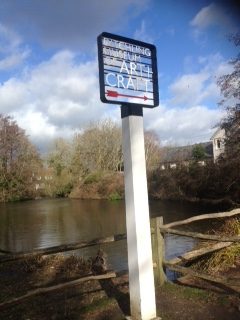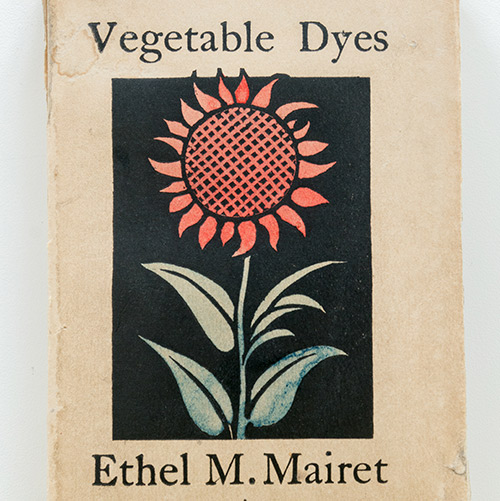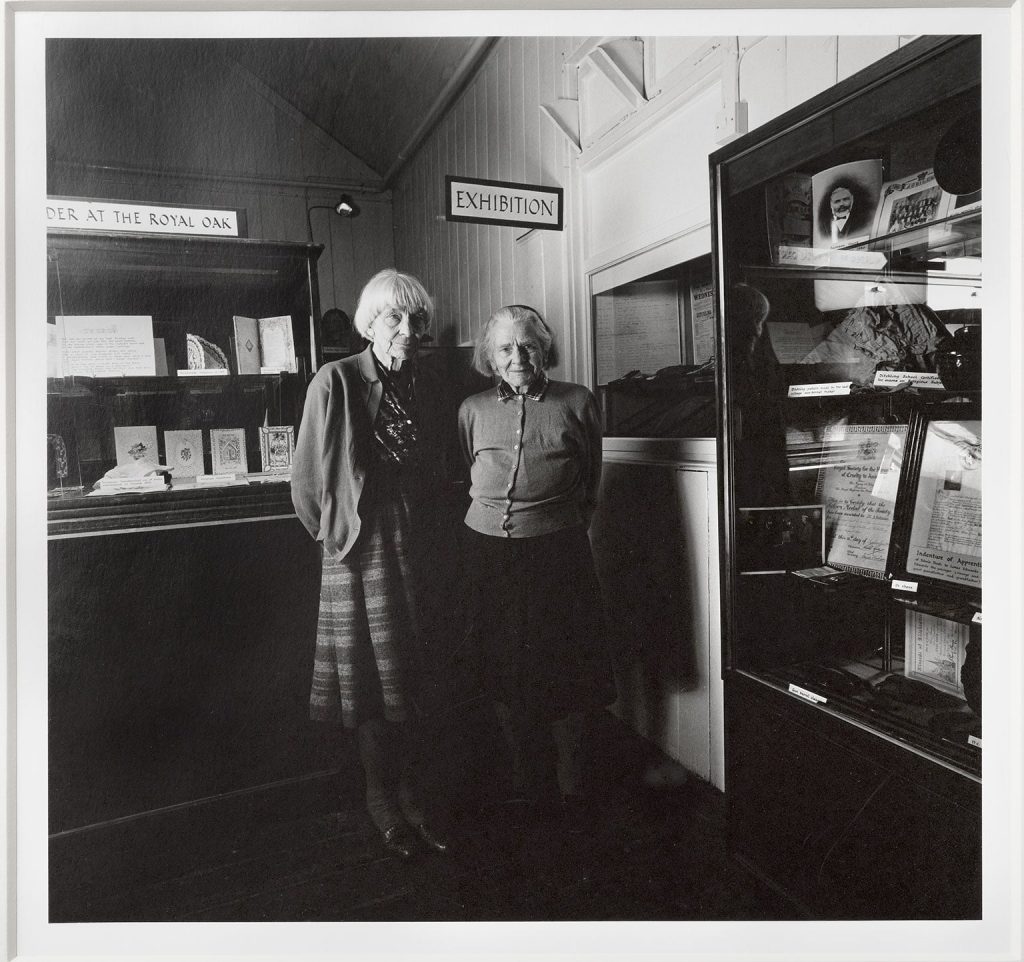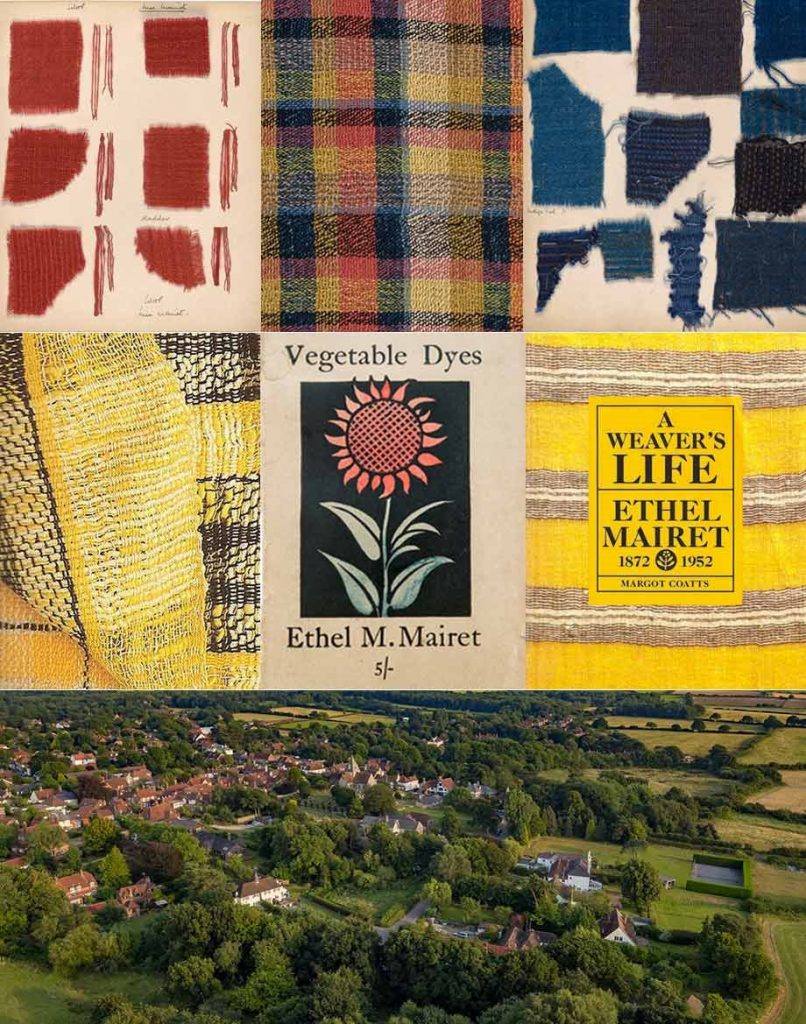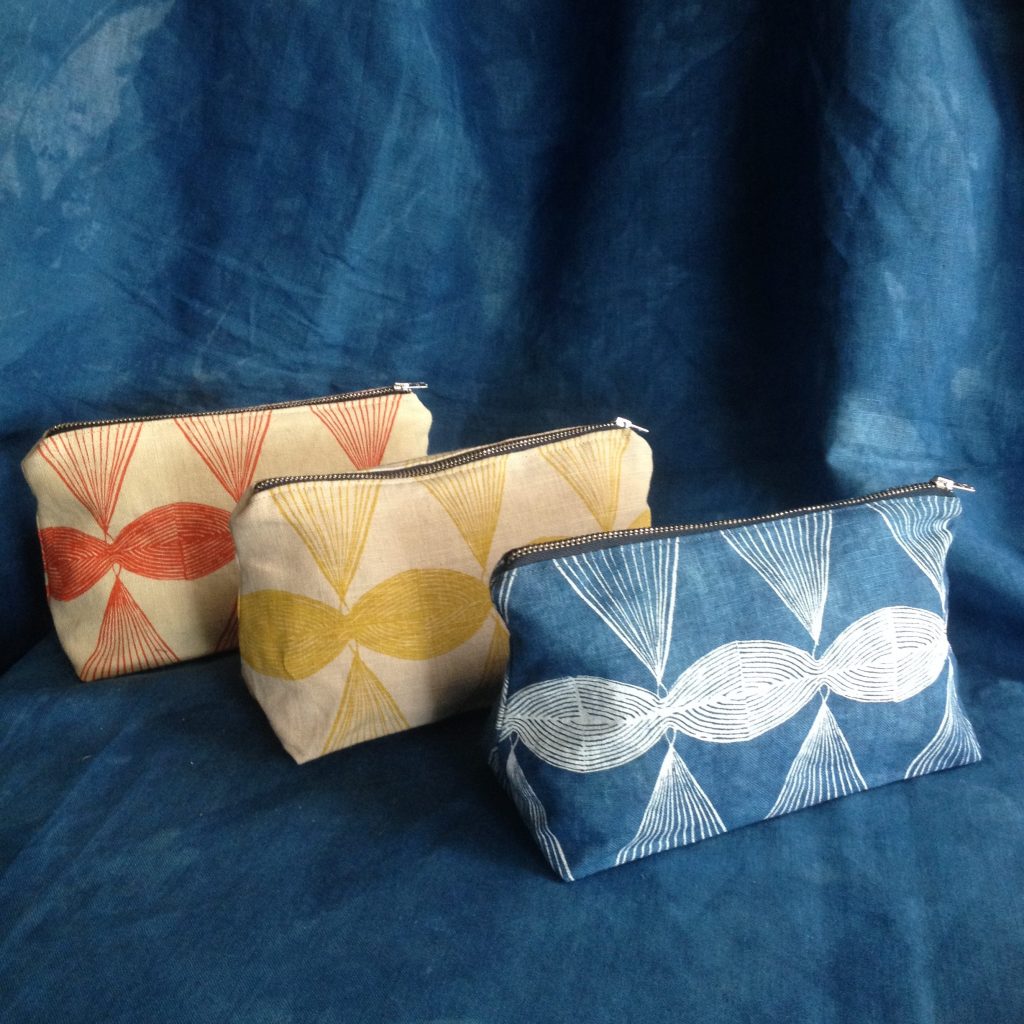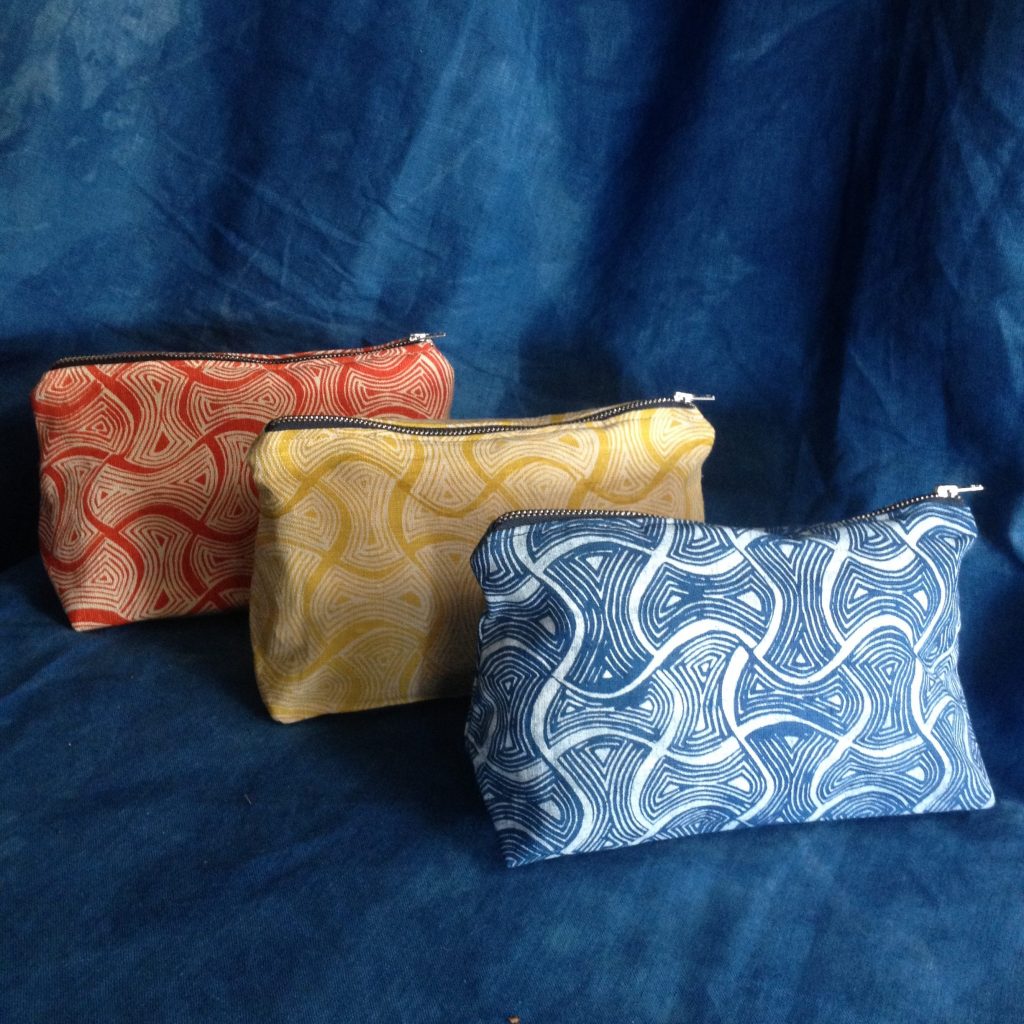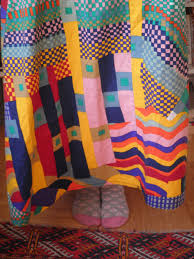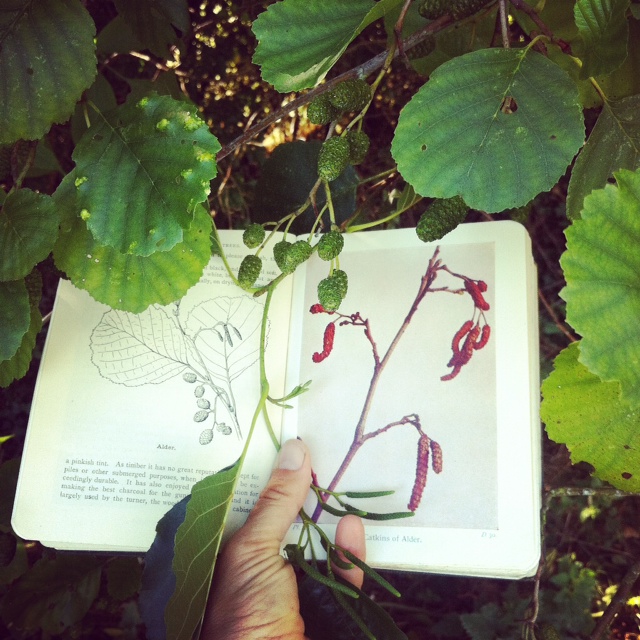Ditchling Museum of Art and Craft
This week I’ve had the chance to visit the wonderful Museum of Arts and Crafts in Ditchling, West Sussex this week with a new delivery of my Dora Fabrics wash bags, aprons and tea towels…
I have so many happy memories of cycling through this sleepy Sussex village on hot summers day (it never rains on the London to Brighton Bike Ride) – the immense wall of the Downs and Ditchling Beacon looming up before us on our bikes but every year always managing somehow to get to the top with all the bystanders cheering us on and the exhilaration when we got to the top, sunburnt and sweaty.
Then I started coming back to the small museum when I became interested in printing and natural dyeing as the museum had a wonderful letterpress as well as the archive of the pioneering 1930’s weaver Ethel Mairet, who championed natural dying through her seminal work – ‘A Book on Vegetable Dyes’. I even blogged about her on my old unsewn blogspot site back in 2010 http://unsewn.blogspot.co.uk/2010/04/map-of-patterns-gunta-stozl-and-ethel.html
In those days – the museum was a very different place: set up by two elderly sisters Joanna and Hilary Bourne, who had grown up with the children of many of the artists now in the Museums collection – they collected a varied and inspiring collection of artists work, most especially the work of sculptor, wood engraver, type-designer and letter cutter Eric Gill and the calligrapher Edward Johnstone.
It all felt a bit ramshackle – the kind of place that was run by passionate amateurs: clever gentlefolk with fascinating stories to tell while they served you tea and homemade cake, there were always garden flowers in jam jars on the tables… It’s now quite a smart place with lots of dark wood but the wonderful paintings, carvings and weavings are still there and so are the lovely volunteers. The Museum also boasts a fantastic shop full of beautiful things, including my Dora Fabrics washbags, tea-towels and aprons. It’s great to see them there – my attempt to follow Ethel Mairet’s exhortation to make great colour – naturally.
Here are some wise words from her ‘A Book on Vegetable Dyeing’:
‘Dyeing has almost ceased to exist as a traditional art in this 20th century and the importance of colour on our lives seems to be realised less and less. It has been forgotten that strong and beautiful colour, such as used to abound in everyday things, is an essential to the full joy of life…We fear bright colour because most of our traditional colours are bad and they are bad because the tradition of dyeing has been broken. If any craft worker wants sound colour he must make it for himself….It may be objected that life is not long enough but the handicrafts are out to create more life, not out to produce quality nor to save time…’
I am only too aware of this as I write this blog I have 3 dye pots boiling away on the stove but no meal to feed the children as supper time looms closer…
Joanna and Hilary’s had a great dictum which also chimes with me – “the most important things to learn in order to survive are how to grow things, how to make things and how to cook.”
The exhibition at Two Temple Place in London – Modernism in Retreat shows how artists like Gill, Johnson and Mairet were looking for solitude and sanctuary in rural Sussex but I felt that it doesn’t tell the other half of the story nearly so well: how they used their seclusion to shape a powerful and radical influence on modern day England – branding the tube network with his distinctive lettering for Frank Pick in the case of Johnson and Gill carving Prospero for the new BBC building on Portland Place (a scandal because he wore no underwear under his smock as he stood on the scaffolding chiselling away.) Mairet herself encouraged other important women designers like the block printers Phyllis Barron and Dorothy Larcher and the weaver Elizabeth Peacock as well as establishing a successful workshop and business herself which attracted international designers like the Bauhaus weaver like Gunta Stotzl (they wove South Downs wool and cellophane together).
The Museum of Arts and Crafts at Ditchling have also got a show on at the moment celebrating Ethel Mairet’s wonderful recipes for natural colour. Me along with many other dyers have had a go some of her recipes with some very different results… I experimented with the bark of the alder tree and discovered a lovely grey. Do go and have a look at the exhibition if you get a chance.
I’m running some more of my own Wild Textile workshops this May, where we will be foraging for seasonal plants and flowers near my home in the South Downs, not far from Ditchling and making our own wild colour.
If you’re interested in nature, colour and fabric and most of all like playing and experimenting – this is the workshop for you. You’ll get to learn how to create your own wild colour sourcebook as well as a final piece combing your favourite colours and techniques to take away. The workshop costs £80 for 2 days with all materials included and you will learn how to make your own natural dyes using foraged plants, make mud resist patterns with indigo and experiment with a larger piece to take home with you.

